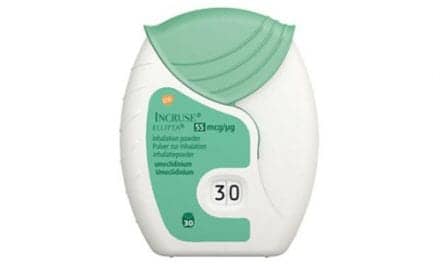 |
Experts predict that the medical market will grow approximately 20% annually,1 and nowhere will this trend be more evident than in the medical device industry. A good deal of this growth will be thanks to the world’s aging population. In 2006, almost 500 million people worldwide were 65 and older, according to the US Department of Health and Human Services.2 By 2030 that total is projected to be 1 billion. This aging population offers opportunities to medical device manufacturers, but it also presents challenges to society: increasing life expectancy; rising numbers of the oldest old; a growing burden of chronic disease, such as COPD and asthma; and changing family structures as people live longer and have fewer children to care for them and provide familial support.
Medical device manufacturers, such as those whose products appear in this issue, can help meet these challenges by contributing to and improving the quality of life of our older population; but along with this opportunity comes competition. Unlike consumer products, medical devices are subject to compliance and regulatory requirements. Despite this, according to Medical Device & Design Industry,3 device developers and manufacturers of larger, technical medical devices can create products with distinct competitive advantages. There is increasing emphasis on design in the medical device market: Manufacturers must offer products whose forms are complementary to their functions; and the products must be more intuitive, easier to use, and visually more appealing than the competitors’ products.
The pages that follow abound with products that meet those criteria: CPAP systems and forehead pulse oximeters for infants and neonates; portable oxygen systems that allow LTOT patients to go anywhere—even up, up, and away; rugged, portable suction units that can be used in the field during emergencies; and, for ambulatory patients, home ventilation units and portable spirometers, and sleep screeners. I could go on, but you will see for yourselves as you read this issue. Form, indeed, follows function in these devices.
What will the future bring to the medical device market? A new technology,4 which developers hope will be available in the next 1 to 2 years, will allow health care professionals like you to remotely monitor the health of patients. It will make it possible for standard wired or wireless devices to be reconfigured so that when used by patients at home, they can automatically send the readings to health care professionals. Think of it: Some day soon you might be able to monitor your patients’ compliance to CPAP, get spirometry readings, monitor home ventilator settings, and more, while you are at work and the patients are at home. Look for details on this new, smart technology in an upcoming Respiratory Report. Meanwhile, sit back and enjoy this issue, made possible by forward-thinking manufacturers everywhere.
References
- Butcher DR. Diagnosis: Medical Device Industry Looks Healthy. Available at: [removed]news.thomasnet.com/IMT/archives/2007/03…[/removed]. Accessed July 31, 2007.
- Dobriansky PJ, Suzmann RM, Hodes RJ. Why population aging matters: a global perspective. National Institute on Aging, National Institutes of Health, US Department of Health and Human Services, US Department of State. Available at: [removed]news.thomasnet.com/IMT/archives/2007/03…[/removed]. Accessed July 31, 2007. (Download PDF from reference list.)
- Robson D. Medical device design: learning from the consumer industry. Available at: www.devicelink.com/mddi/archive/07/02/016.html. Accessed July 30, 2007.
- Martens C. IBM, University of Florida team up on smart devices. Available at [removed]www.pcworld.com/printable/article/id,135010/printable.html[/removed]. Accessed August 1, 2007.
—Marian Benjamin
[email protected]










